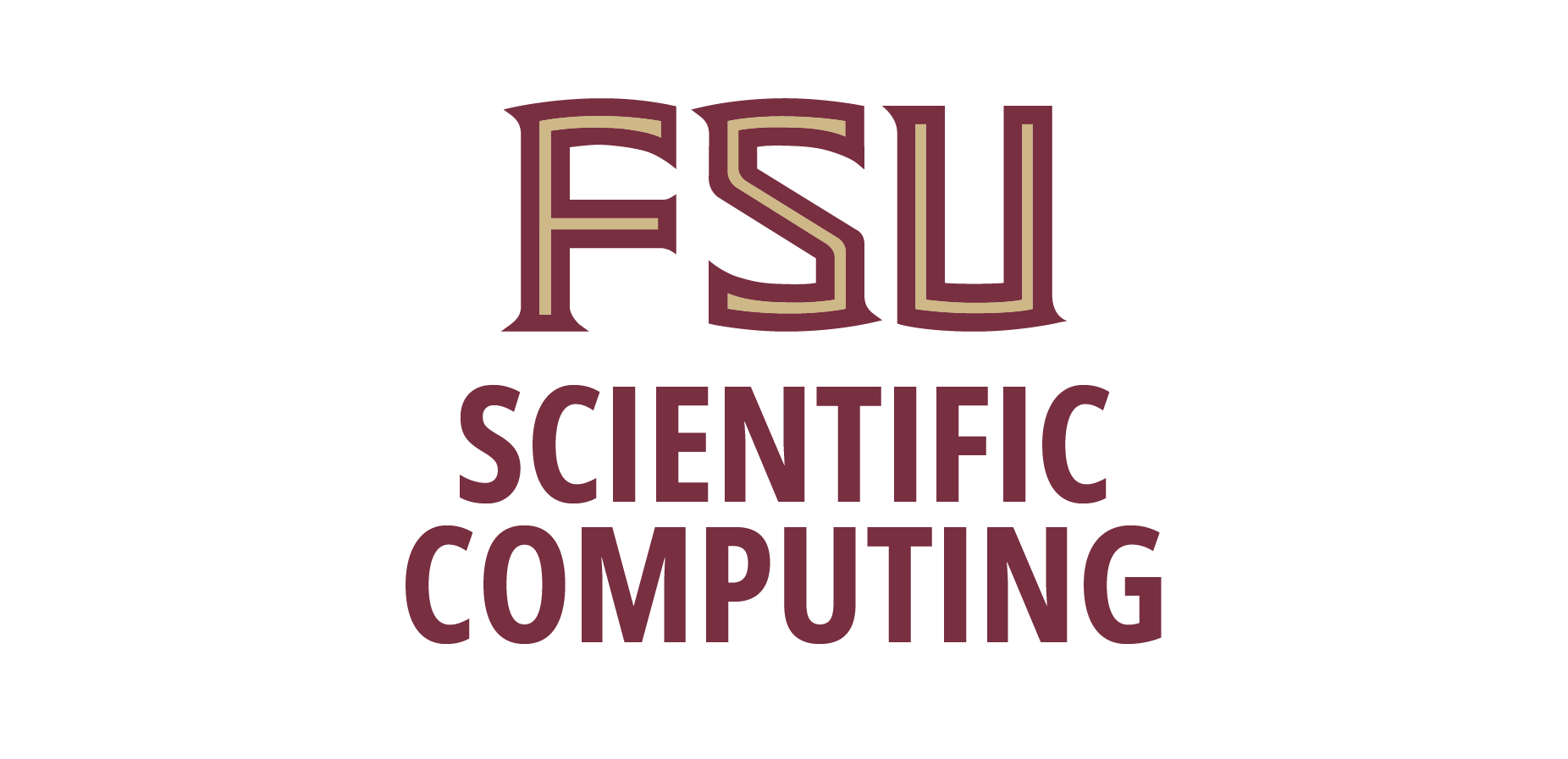"Holo-spectrum: A Method for Quantifying Nonlinear Interactions Hidden in a Time Series"
Zhaohua Wu
Department of Meteorology & Center for
Ocean-Atmospheric Prediction Studies
Florida State University
Abstract:
The early usage of trigonometric functions can be traced back to at least 17th century BC. It was Bhaskara II of the 12th century CE who first proved the mathematical equivalence between the sum of two trigonometric functions of any given angles and the product of two trigonometric functions of related angles, which is taught these days in middle school classrooms. The additive perspective of trigonometric functions led to the development of the Fourier transform that is used to express any functions as the sum of a set of trigonometric functions and opened a new mathematical field called harmonic analysis. Unfortunately, Fourier’s sum cannot directly express nonlinear interactions between trigonometric components of different periods, thereby lacking the capability of quantifying nonlinear interactions in dynamical systems.
In this talk, the speaker will introduce the Huang transform and Holo-spectrum which were pioneered by Norden Huang and emphasize the multiplicative perspective of trigonometric functions in expressing any function. Holo-spectrum is a multi-dimensional spectral expression of a time series that explicitly identifies the interactions among different scales and quantifies nonlinear interactions hidden in a time series.
Various enlightening applications of Holo-spectrum analysis will also be presented. The speaker is an atmospheric/climate dynamicist and a data analysis method developer who has sided with Norden Huang in the struggle for novel analysis methods during the last fifteen years.

